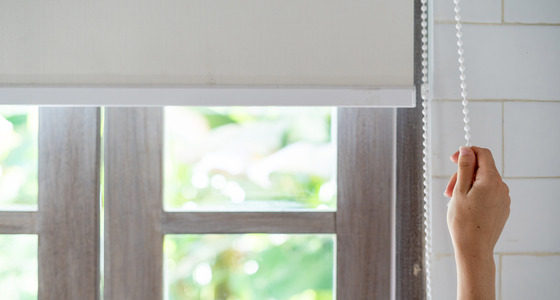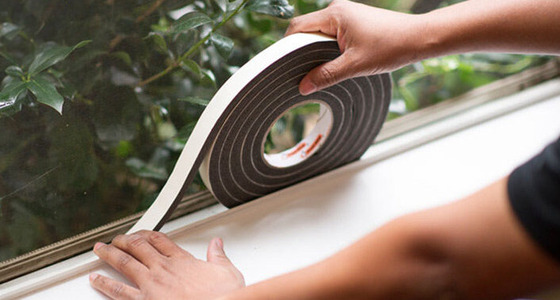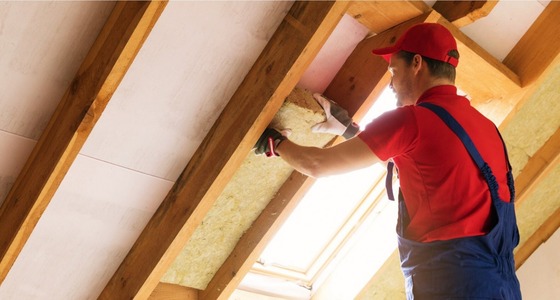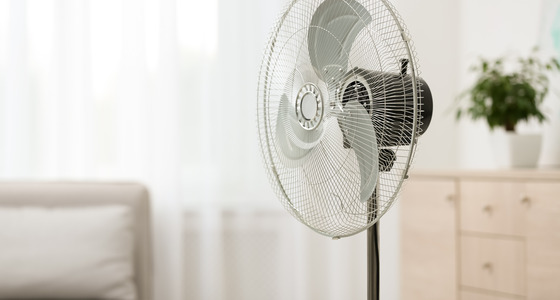Learn how to save energy with windows and coverings
Everyone loves the natural light and breeze that windows provide. But the condition and coverings on our windows can make a big difference in the amount of heating or cooling your home needs.
On this page:
- Upgrade to energy-efficient windows
- When to open or close window coverings
- How to apply insulating window film
- Rebates for windows
Upgrade to energy-efficient windows
If you're looking to upgrade or install energy-efficient windows, always look for the ENERGY STAR® symbol.
ENERGY STAR windows are considered the most efficient on the market. They can cut your annual energy costs by up to 20% while keeping your home cooler in the summer and warmer in the winter.
Features of ENERGY STAR-certified windows:
- They're double-paned with an air or gas-filled space in the middle, which insulates much better than a single pane of glass.
- Special coatings reflect infrared light, keeping heat inside in winter and outside in summer.
- A variety of durable, low-maintenance framing materials reduce heat transfer and help insulate better.
- A spacer keeps a window's glass panes the correct distance apart. Non-metallic and metal/non-metal hybrid spacers also insulate pane edges, reducing heat transfer through the window.
When to open or close window coverings
Closing your blinds and drapes at strategic times of the day can make a big difference in keeping the hot air out during the warmer months, and warm air in during the cooler months.
That’ll allow you to reduce the amount of heating or cooling you need to stay comfortable, which means you'll save energy.
Window tips for the winter
- During the day: Open your window coverings during the day to let the sunlight warm your home naturally.
- In the evenings: Prevent heat loss in the evenings by closing the blinds and keeping the cool air out.
Window tips for the summer
- East-facing windows: Close your east-facing window coverings before you go to bed to help to block the morning sun.
- West-facing windows: Close coverings on west-facing windows in the late afternoon and early evening to block the evening sun.
- South-facing windows: Prevent heat gain via south-facing windows by closing coverings during the day.
How to apply insulating window film
If you have older, inefficient windows, consider adding window film. Plastic window insulator film acts like a second pane of glass creating an insulating air space against windows to help prevent heat loss.
- Clean your windows and the frame.
- Apply double-sided tape all the way around the frame.
- Measure the height and width of your window, and cut the film a few inches larger than that to make sure it will overlap on every side.
- Pull the film across the frame and press it onto the tape. It should be straight, but make sure not to stretch it.
- Using a blow dryer on the hot setting, slowly make your way back and forth, careful not to stay in one spot for too long. The film will begin to shrink and tighten, and soon enough you'll have a clear, relatively wrinkle-free surface.



